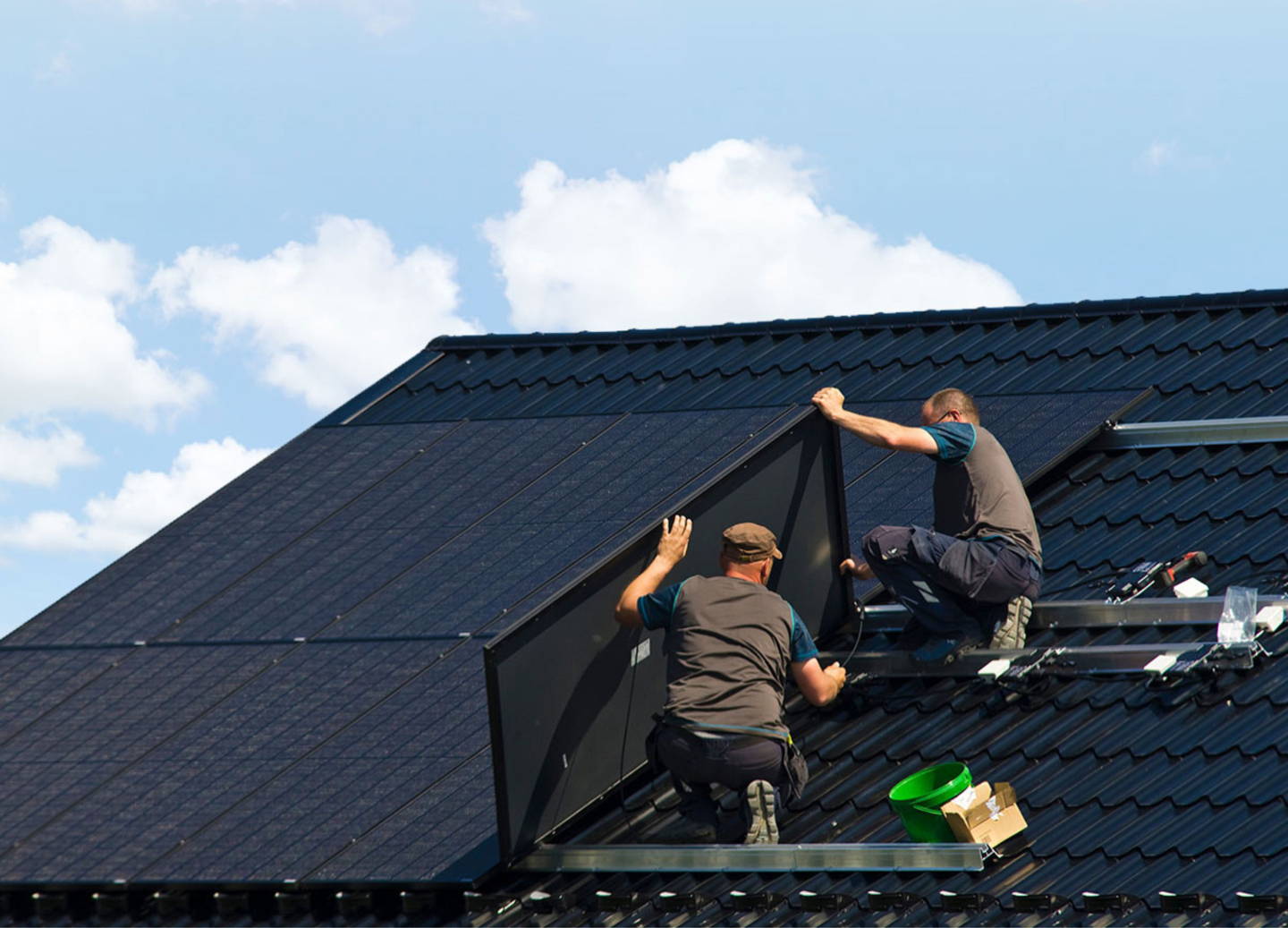In the modern United States, it's difficult to imagine life without access to electricity. Even if there's a power outage, those lights usually kick on again within a few minutes–or, in extreme cases, hours to days.
But what if the power went out and didn't come on for months? Over a year?
Imagine everything in your life that requires electricity stopped working: light, food storage, food preparation, heating, cooling, internet, telecommunications, entertainment, pumping fuel, shopping, water treatment (and in some cases, plumbing), etc.
Life as we know it would grind to a halt.
While the risk of a widespread, extended outage may sound improbable, it's more likely than you may think. It's vital to have a backup plan to shield you from a potentially dire situation.
Having a Backup Plan
It can be very frightening to think about these possibilities, but there are ways you can prepare yourself. For decades, a common solution has been a backup generator. Generators make it relatively easy to provide power in an outage, but there’s one particular flaw: they need fuel to run, and electricity is required to pump that fuel.
Gas pumps won't be working in an outage.
Not to mention the excessive noise, and that they can cause carbon monoxide poisoning without proper ventilation--generators cannot be run indoors.
Being able to take advantage of our environment’s resources is crucial: renewable energy is more reliable in the long run than solely relying on fossil fuels. That's where solar energy comes in. Investing in a solar battery kit, like our Power Bank, can provide you with affordable backup power that doesn't rely on external fuel sources.

Going even further, a home solar system equipped with a backup battery can store excess energy generated by your solar panels during the day and use it to power your home when the grid goes down.
A backup battery is installed with a system controller that will recognize if there's an outage. It automatically disconnects from the grid, allowing your solar system to run autonomously and provide power to your home's essential loads.
Basically, your home becomes a personal, power-producing machine.
The Weakening Power Grid
The US Power Grid is vast, intricate, and a critical part of our society. With our country's population tripling in the past 100 years, the grid has needed to grow with us.
Unfortunately, grid updates have generally prioritized efficiency rather than reliability, leading us towards the vulnerable grid we have today.
Think about the last time you saw a transformer, power station, or substation in this country–did it look new? State-of-the-art? Probably not.
According to the US Department of Energy Efficiency and Renewable Energy, 70% of our grid is over 25 years old. Outdated equipment is only a symptom of wider issues, though–the entire way our grid is maintained is becoming antiquated.

Severe Weather & Natural Disasters
As we've learned in recent years, our energy infrastructure is especially vulnerable to severe weather and natural disasters.
Perhaps most infamously, record cold temperatures and winter storms caused extended blackouts for almost 5 million homes and businesses in Texas, leading to 246 deaths.
Scientists project that severe storms and extreme temperatures will only become more and more common as climate change continues to disrupt weather patterns.
If we do not fortify and update our grid, we won’t be able to shield it from future events, and outages will accelerate.

Domestic Grid Attacks
While it's not something most people think about very often, the energy sector has been called "The Achilles Heel of the United States", and for good reason: lack of preparation against physical and cyberattacks coupled with the cruciality of electricity to our country paints a concerning picture.
Domestic attack on grid infrastructure is an increasing concern. There are over 55,000 power substations in the US, and the majority of these are in remote, rural areas, without significant security.
Just last year, utilities classified 60 incidents as physical threats or attacks on major grid infrastructure, as well as 2 cyberattacks. National security officials have also warned of increased chatter of grid attacks on extremist platforms.
One particular North Carolina attack made headlines in 2022, when gunfire assault took down two critical substations. This incident left 45,000 people without power and caused a single death. To date, no arrests have been made in connection with the crimes.
Leaked results of a study from the Federal Energy Regulatory Commission (FERC) in 2014 revealed that an attack on 9 critical substations could cause a nationwide outage of 18 months or longer.
Furthermore, an outage like this could cause major devastation–with food and water sources affected, millions would starve.
Modernizing the Power Grid
It's essential to address the root causes of these grid vulnerabilities. Thankfully, there are efforts underway to modernize the power grid and enhance its resilience against potential threats.
However, mitigation efforts are facing significant challenges, including bureaucratic red tape and funding constraints. As a result, progress is slow, and the grid remains vulnerable to disruptions.
In the face of these challenges, it's more important than ever to prepare while you can. Investing in renewable energy solutions like solar power not only provides immediate benefits for your home but also contributes to a more resilient and sustainable energy future for everyone. By taking proactive steps to modernize and safeguard your energy supply, you can help build a more resilient grid and protect against future disruptions.
Don't wait until it's too late--start exploring your solar energy options today and take control of your energy future!
